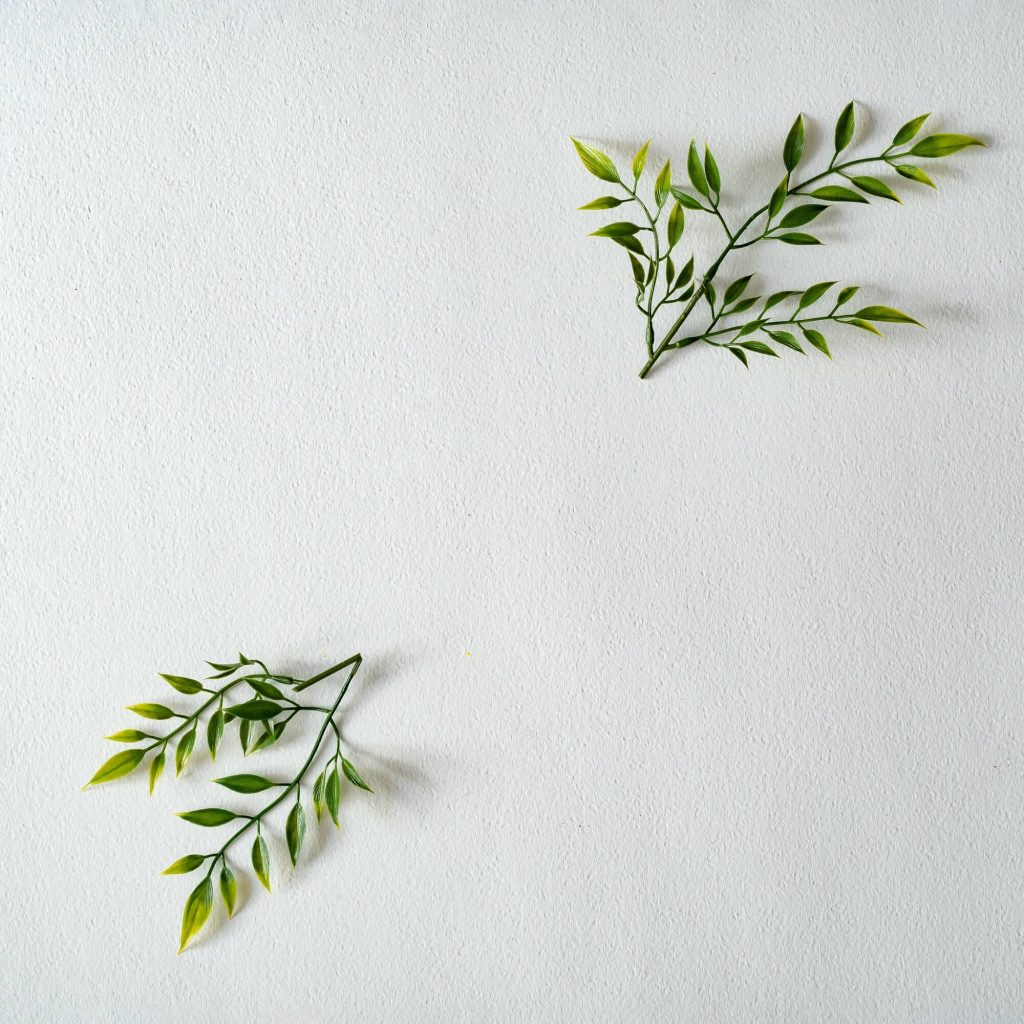Woodworking is an art form that has been around for centuries. From hand-carved sculptures to intricate furniture pieces, the craft has seen its fair share of evolution. However, even the most experienced woodworkers can struggle with getting the perfect finish on their work. That’s why we’ve put together this guide to help beginners and pros alike achieve flawless wood carvings.
Understanding Wood Grain
Before diving into the techniques for carving wood, it’s essential to understand the grain of the wood. The grain refers to the direction of the wood fibers and can significantly affect the outcome of your carving. Understanding the grain is crucial to avoid tear-out and ensure that your carving is smooth and precise.
When carving with the grain, the wood fibers will separate cleanly, resulting in a polished finish. Carving against the grain, on the other hand, can cause the fibers to tear out, resulting in a rough, uneven surface. To determine the direction of the grain, look at the end grain of the wood and identify the direction of the growth rings.
Choosing the Right Tools
The right tools are essential for achieving a flawless carving. There are several tools that every woodworker should have in their toolkit, including chisels, carving knives, gouges, and rasps.
Chisels are one of the most versatile tools in woodworking and come in a variety of sizes and shapes. They’re an excellent tool for removing large chunks of wood quickly.
Carving knives are perfect for finer details and intricate designs. They come in a variety of shapes and sizes, including straight blades and curved blades.
Gouges are similar to chisels but have a curved edge, making them ideal for carving curves and contours.
Rasps are used for shaping and smoothing wood and come in different grits. A coarse rasp is ideal for removing large amounts of material, while a fine rasp is perfect for finishing touches.
Preparing the Wood
Preparing the wood before carving is crucial to achieving a flawless finish. Before carving, ensure that the wood is dry and free from any defects. Any knots, cracks, or splits in the wood can affect the carving and cause tear-out.
If you’re working with green wood, it’s essential to let it dry before carving. Green wood can be carved, but it’s more prone to cracking and splitting as it dries.
Carving Techniques
Now that you have a basic understanding of the tools and wood grain, it’s time to dive into the carving techniques.
Start by roughing out the shape of your carving using a chisel or gouge. Work with the grain, removing small amounts of wood at a time.
Once you’re happy with the rough shape, switch to a carving knife to add finer details. Be sure to carve with the grain to avoid tear-out.
After adding the details, switch to a fine rasp to smooth out any rough spots. Finish with sandpaper to achieve a polished finish.
Finishing Touches
The final step in achieving a flawless wood carving is applying a finish. A finish can protect the wood from moisture and give it a beautiful, polished look. There are several types of finishes to choose from, including oil-based finishes, water-based finishes, and wax finishes.
Oil-based finishes are easy to apply and give the wood a deep, rich color. Water-based finishes are more environmentally friendly and dry quickly. Wax finishes are ideal for adding a protective layer to the wood without altering the color.
Conclusion
Wood carving is a satisfying and rewarding hobby, but it takes time, patience, and practice to achieve a flawless finish. Understanding the wood grain, choosing the right tools, preparing the wood, and using the proper carving techniques are all essential to creating a beautiful carving. With these woodworking hacks for beginners and pros, you’ll be well on your way to achieving flawless wood carvings.

